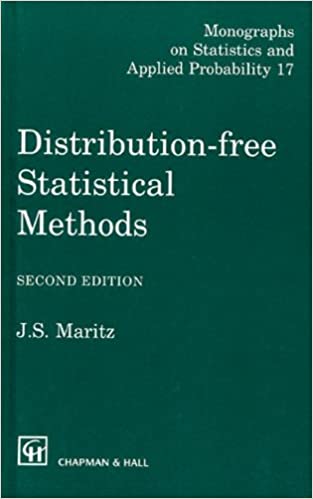

 |

|

Sold Out
Book Categories |
The preparation of several short courses on distribution-free statisti- cal methods for students at third and fourth year level in Australian universities led to the writing ofthis book. My criteria for the courses were, firstly, that the subject should have a clearly recognizable underlying common thread rather than appear to be a collection of isolated techniques. Secondly, some discussion of efficiency seemed essential, at a level where the students could appreciate the reasons for the types of calculations that are performed, and be able actually to do some of them. Thirdly, it seemed desirable to emphasize point and interval estimation rather more strongly than is the case in many of the fairly elementary books in this field. Randomization, or permutation, is the fundamental idea that connects almost all of the methods discussed in this book. Application of randomization techniques to original observations, or simple transformations of the observations, leads generally to conditionally distribution-free inference. Certain transformations, notably 'sign' and 'rank' transformations may lead to unconditionally distribution-free inference.An attendant advantage is that useful tabulations of null distributions of test statistics can be produced. In my experience students find the notion of asymptotic relative efficiency of testing difficult. Therefore it seemed worthwhile to give a rather informal introduction to the relevant ideas and to concentrate on the Pitman 'efficacy' as a measure of efficiency.
Login|Complaints|Blog|Games|Digital Media|Souls|Obituary|Contact Us|FAQ
CAN'T FIND WHAT YOU'RE LOOKING FOR? CLICK HERE!!! X
 You must be logged in to add to WishlistX
 This item is in your Wish ListX
 This item is in your CollectionDistribution-free statistical methods
X
 This Item is in Your InventoryDistribution-free statistical methods
X
 You must be logged in to review the productsX
 X
 X

Add Distribution-free statistical methods, , Distribution-free statistical methods to the inventory that you are selling on WonderClubX
 X

Add Distribution-free statistical methods, , Distribution-free statistical methods to your collection on WonderClub |